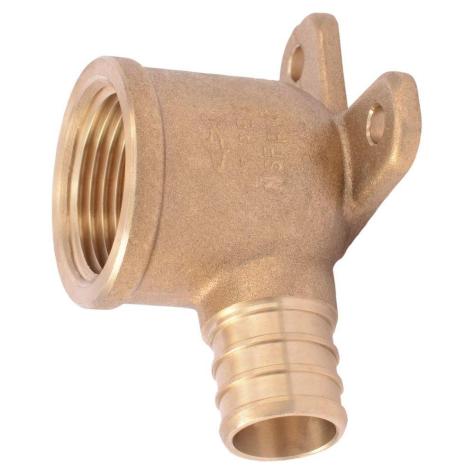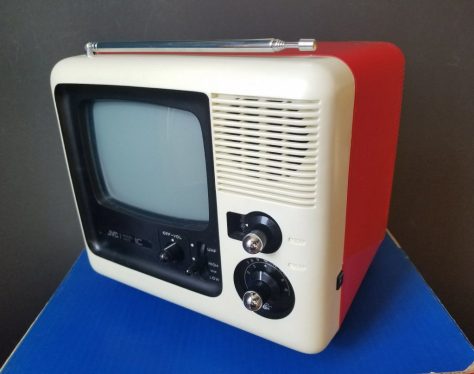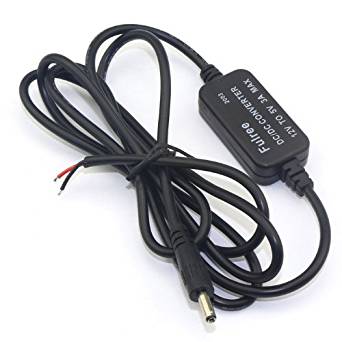I had to turn the TV off because I’m sick and tired of CNN and other networks giving religious idiots an open mic every time there’s a national tragedy. “Thoughts and prayers” are an absolutely insulting answer to gun violence.
Then I found that if I start a draft blog post in the morning stating what I did today in the past tense, I tend to get most of that stuff done.

On Monday I elevated the RETROvan’s front end to make it more level. These levelers are pretty ingenious. You basically lay the long pieces down and drive onto them, rolling them back and up. Then you wedge the chock underneath to secure up to a 4-inch rise.

This did the trick, within a quarter-bubble. But now the entry step is a bit more daunting. So I’m going to have to build a custom jetway at some point. For that I might find some adjustable metal steps or a ramp. Or I’ll most likely build something from timbers.

I took a trip to George Morlan Plumbing in Tigard, and they had the brass drop-elbows and tee I need to plumb the galley. Then I headed to Home Depot for a variety of outlets, cables and junction boxes. I overbought knowing that I can take stuff back.

Once my 1-inch rubber grommets arrived late Monday, I finished running cables through the corner cavities. I made sure any 120V junctions are up to Code by stuffing them into conduit bodies like this.

I also made some tough decisions about adding and/or combining circuits. And that means I’ll have to order a new set of custom AC/DC panel labels.

That order is shaping up like this. I finally decided to go with COMMLINK over the Navy terms COMM SYS or COMM STA because COMMLINK is a broader sci-fi trope.

In keeping with my RETRO theme, I’m calling my custom speaker cans RETROpods. Formerly known as Photon Torpedo Tubes One through Four.
On Tuesday I pulled two windows and cut those wall panels for outlets. The process for the 2-gang aft plate went like this:

First, figure out how the outlet box works. This ingenious Carlon box has a high-voltage (enclosed) side and a low-voltage (open) side. Basically I positioned it and traced its outline with pencil. I also sketched the configuration I wanted because it’s too easy to forget and mess up. Then I drilled four 3/8” holes for my blade entry, and four 5/16” holes to accommodate the cover screws just in case.

Here again I’m using Frog Tape to protect the finished aluminum from gritty scratches. Once the hole was cut with square corners, I made sure the box fit snugly. It dropped right in.

Fortunately these boxes have two little wings in the back that fold out and screw tight, holding the box up against the wall no matter how thick it is. It doesn’t care whether it’s 5/8″ drywall or 1/16″ aluminum.

The next step was dry-fitting everything to see how much insulation to cut. Jigsaw time again. These outlet boxes are three inches deep, just like my wall cavities. Lucky, eh?

Here I’ve pulled the cables through the box with just enough slack. Note how I’m protecting the connectors with Frog Tape and the braided conductors until I’m ready. Electrical cables should always enter from the bottom so that any water drips off the loop below the outlet box. This work is all up to Code.

Here the 120V outlet is done and the low voltage side is prepped. That Cat6 jack isn’t your ordinary Ethernet jack. It’s shielded. This side was harder because coaxial cable gets stiff in the cold.

And here we are all buttoned up. And yep, that outlet also has two 3.6A USB ports. There’s only one problem: The modular insert on the right is thicker than the outlet on the left, and the cover plate doesn’t lie flat against the wall on that side. So I’ll have to find a rubber gasket to compensate, or maybe some washers. Poop.

With panel P6 done, I repeated the process for the GFCI outlet on panel D3. This one will power the 1000W coffee maker on the galley countertop. It went in easy, thanks to prior experience. The photo doesn’t look like they line up, but they do.
I may replace the refrigerator plug with another GFCI outlet and matching plate, but now it’s dark and I’m done for the day. Thanks to my friend Bob Prokop for lending a hand again with the windows and galley cabinet.






















































